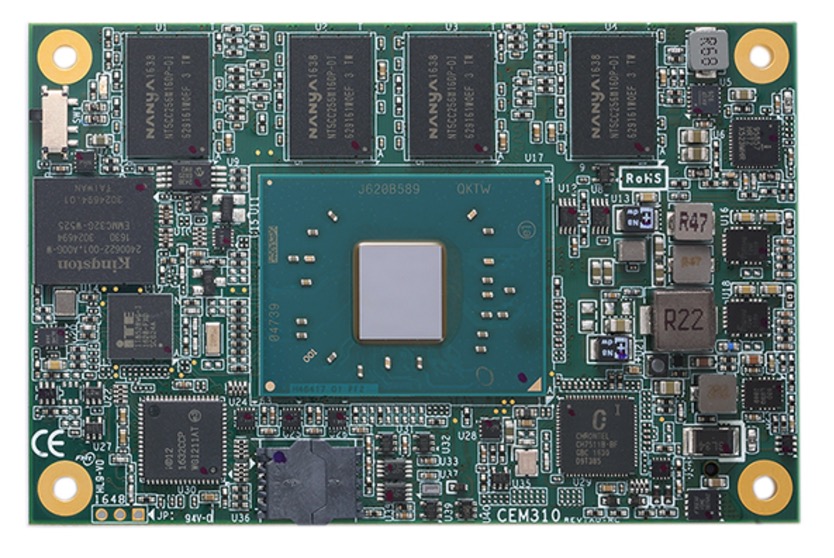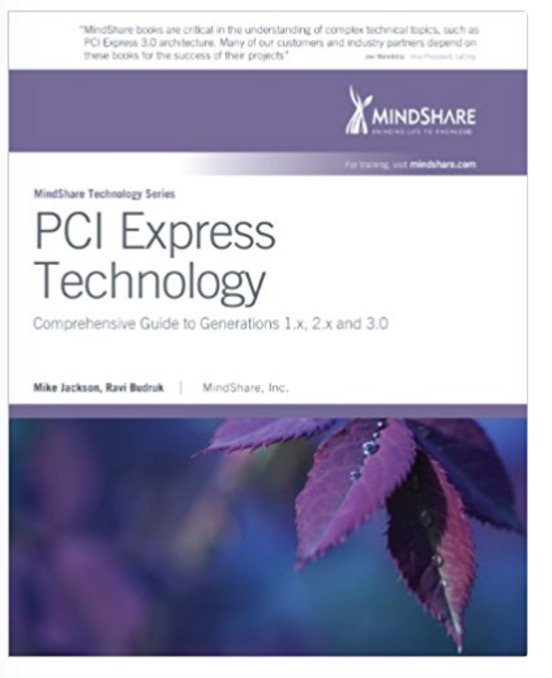Recent Posts
COM Express Mini Module Suited For Industrial IoT, Including Industrial Control, Medical Imaging, Military, And Networking
Posted by on
Axiomtek introduced their CEM311, a COM Express Type 10 Mini module featuring the Intel Apollo Lake processor. The CEM311 is designed to support the Intel Pentium N4200 quad-core and Celeron N3350 dual-core processors (codename: Apollo Lake). Integrated with Intel Gen 9 graphics, the CEM311 with the support of DX12.0, OCL 2.0, OGL 4.3 delivers graphics computing, 4K resolutions and media performance. The system on module supports an operating temperature range from -20°C to +70°C to ensure stable operation in harsh environments. The embedded platform offers onboard 4GB or 8GB of DDR3L memory and an optional eMMC flash up to 64GB. Overall, the CEM311 can be served as a solution for graphics-intensive applications over the Industrial IoT, including industrial control, medical imaging, digital signage, gaming machines, military, and networking.
In addition, Axiomtek's CEM311 comes with I/O options including four PCI Express lanes, two SATA-600, one Gigabit LAN with Intel i211AT Ethernet controller, two USB 3.0, eight USB 2.0, one LVDS, one DDI, and four digital I/O channels. Also, one LPC bus is available for connection of legacy I/O interfaces. With a voltage range of 4.75V - 20V DC-in power input, the module is designed to satisfy a range of vertical embedded applications. This COM Express type 10 Mini module runs under Windows 10 and Linux operating systems and supports Axiomtek AXView 2.0 - intelligent remote management software.
Features
- Intel® Pentium® processor N4200 & Celeron® processor N3350 (Apollo Lake)
- DDR3L onboard memory, up to 8GB
- Max. up to 4 lanes of PCI Express
- 2 SATA-600
- 2 USB 3.0 and 8 USB 2.0
More Resources
- Download/View the Axiomtek CEM311 data sheet (PDF)...
- More Information...
PCI Express 3.0 is the latest generation of the popular peripheral interface found in virtually every PC, server, and industrial computer. Its high bandwidth, low latency, and cost-to-performance ratio make it a natural choice for many peripheral devices today. Each new generation of PCI Express adds more features, capabilities and bandwidth, which maintains its popularity as a device interconnect.
MindShare's books take the hard work out of deciphering the specs, and this one follows that tradition. MindShare's PCI Express Technology book provides a thorough description of the interface with numerous practical examples that illustrate the concepts. Written in a tutorial style, this book is ideal for anyone new to PCI Express. At the same time, its thorough coverage of the details makes it an essential resource for seasoned veterans.
Essential topics covered include:
- PCI Express Origins
- Configuration Space and Access Methods
- Enumeration Process
- Packet Types and Fields
- Transaction Ordering
- Traffic Classes, Virtual Channels and Arbitration (QoS)
- Flow Control
- ACK/NAK Protocol
- Logical PHY (8b/10b, 128b/130b, Scrambling)
- Electrical PHY
- Link Training and Initialization
- Interrupt Delivery (Legacy, MSI, MSI-X)
- Error Detection and Reporting
- Power Management (for both software and hardware)
- 2.0 and 2.1 Features (such as 5.0GT/s, TLP Hints, and Multi-Casting)
- 3.0 Features (such as 8.0GT/s, and a new encoding scheme)
- Considerations for High Speed Signaling (such as Equalization)
 Loading... Please wait...
Loading... Please wait...


